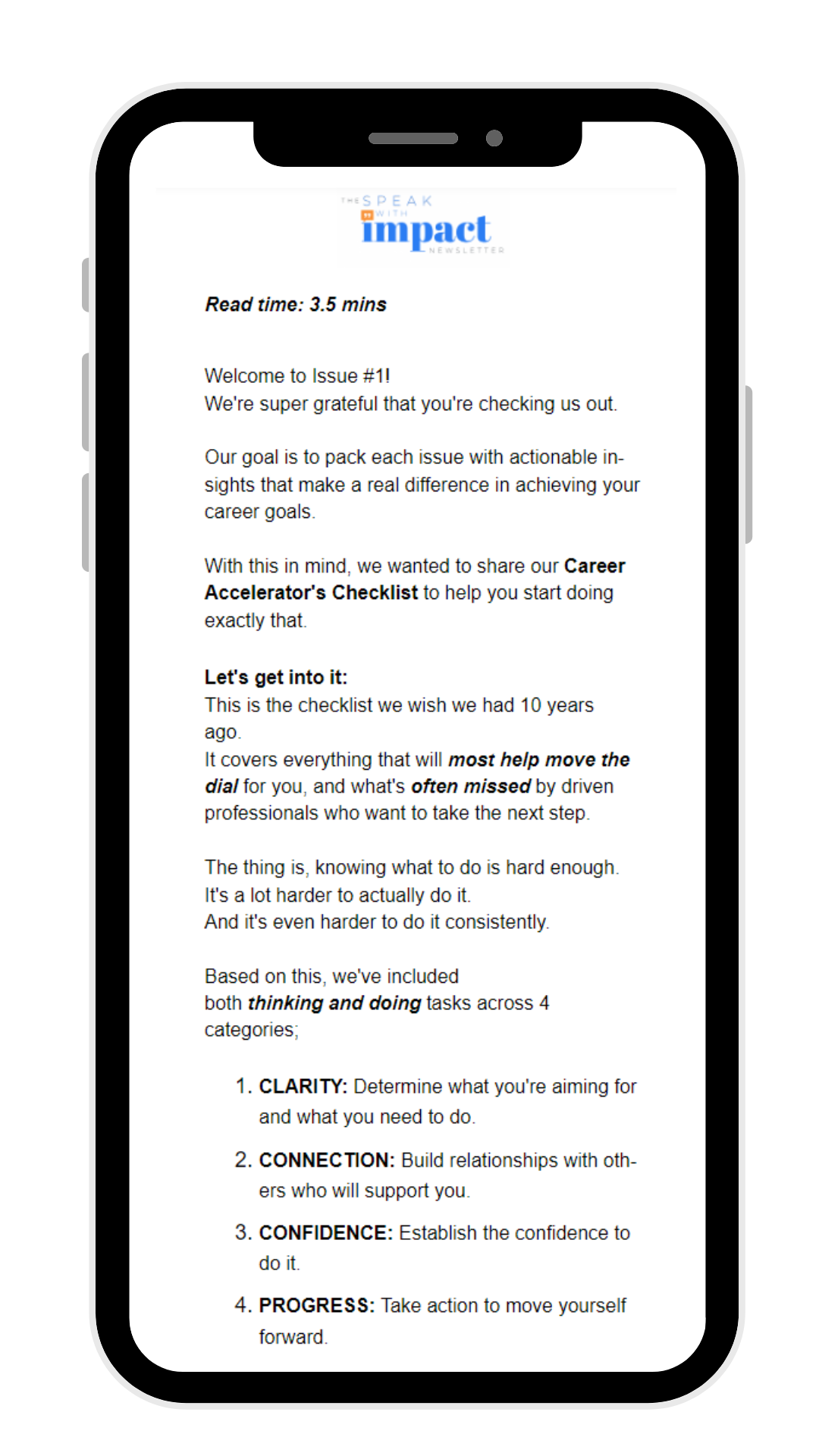Read time: 2 mins
Have you ever made a really wrong decision because you were given bad information?
It’s like getting the wrong directions on a road trip.
Someone says, “Turn left at the lights, then right at the next street,” so you follow it… and end up completely lost.
Frustrating when you’re driving.
A whole lot more costly when it happens in your business.
That’s exactly what it’s like when you rely on what we like to call dirty data.
Why dirty data is dangerous
Bad data leads to bad decisions.
You might feel like you’re being “data-driven,” but if the numbers you’re using are messy, incomplete, or inaccurate, they can send you miles off course.
And instead of unlocking growth, you waste time, money, and effort chasing the wrong opportunities.
That’s why, for Mistake #2 in this series, we’re covering what happens when you trust dirty data, and how to fix it.
MISTAKE #2: TRUSTING DIRTY DATA
Here are some of the most common ways dirty data shows up in business:
1. Human error
A $5,000 invoice entered as $50,000.
On paper it looked like growth.
In reality, it was just a typo.
2. Fake customers
We’ve seen mailing lists full of fake or purchased signups.
On the surface, it looked like the business had thousands of “customers.”
But none of them were real prospects they could sell to.
That inflated number made it seem like growth opportunities were bigger than they really were.
3. Out-of-date books
One client with six different locations noticed two of them reported electricity costs 90% lower than the others.
At first glance, it looked like those sites were far more efficient.
In reality, they were behind on updating their books.
If they hadn’t questioned it, their total costs would have looked artificially low.
4. Missing info
Sales data without profit margins.
But without it, you can’t see which products are actually making you money.
You could be selling tons of something that's draining your bank account.
And more likely, you could be unaware of what's worth doubling down on and selling more of.
THE BIG FIX
Dirty data needs to be cleaned.
Here’s how to start:
Get a good bookkeeper. If you don’t have one, find one.
If your business is large enough, hire someone in-house who can maintain your data and keep it accurate.
It's that simple.
Non-💩 data starts with great bookkeeping.
Clear data = clear direction.
Bottom line
Dirty data is like bad directions.
It can take you somewhere you never wanted to go.
When your data is clean, you see the real opportunities and risks in your business.
When it’s not, you’re flying blind.
Clean up your data, and you'll start charting a real map for growth.
|


.png)